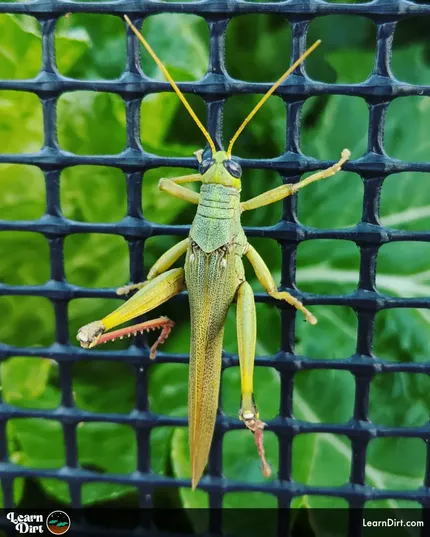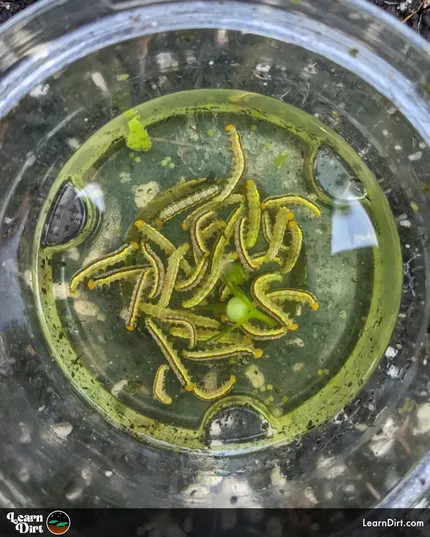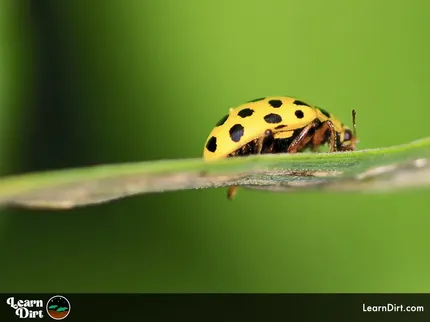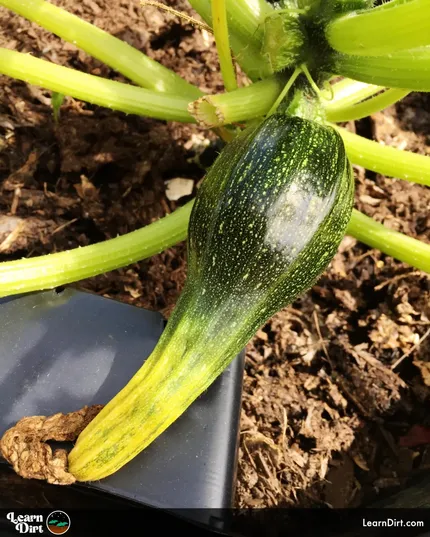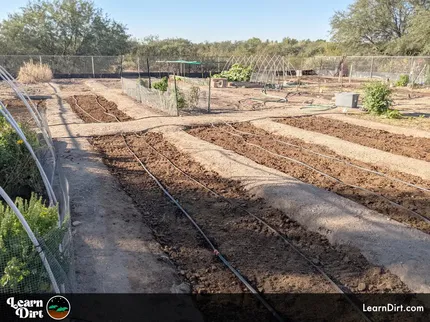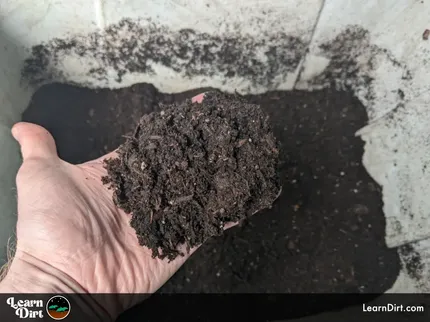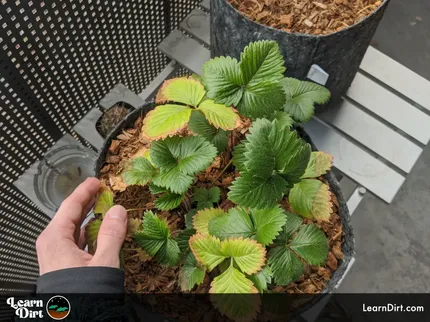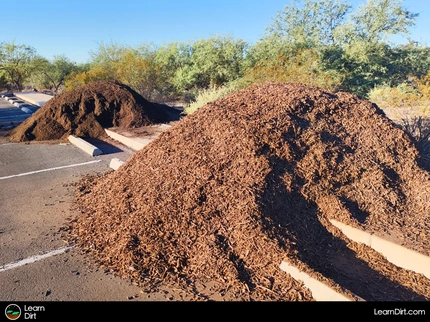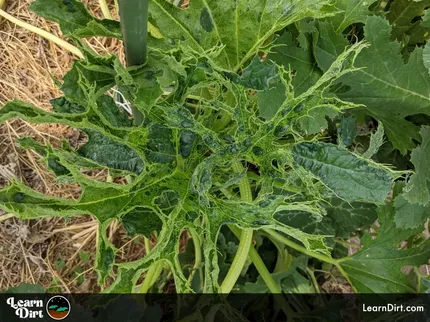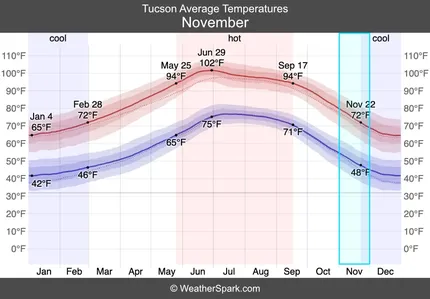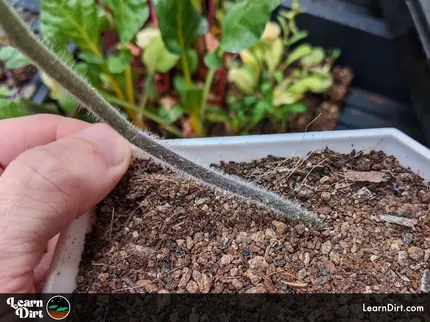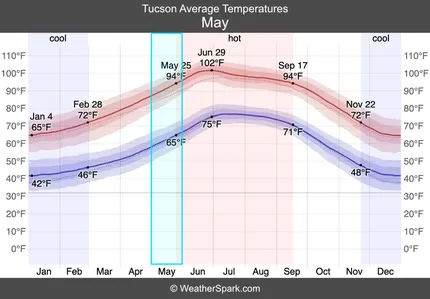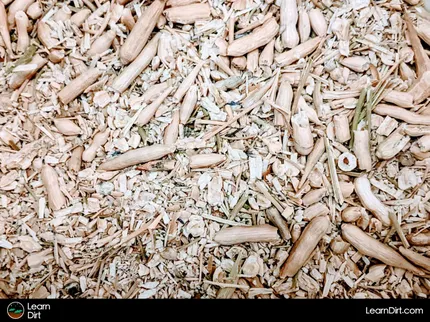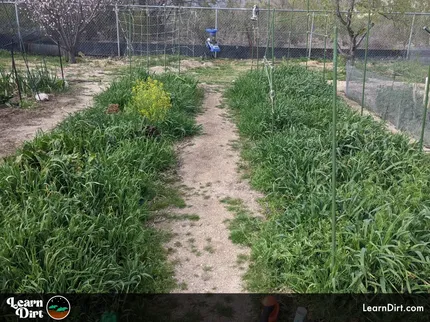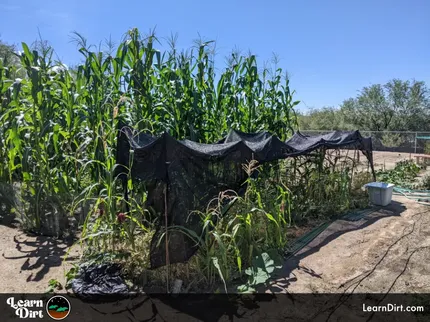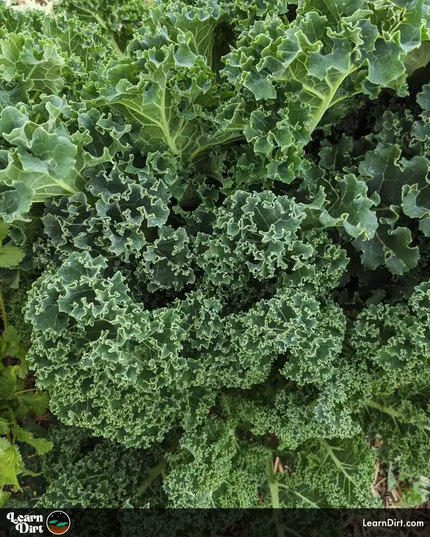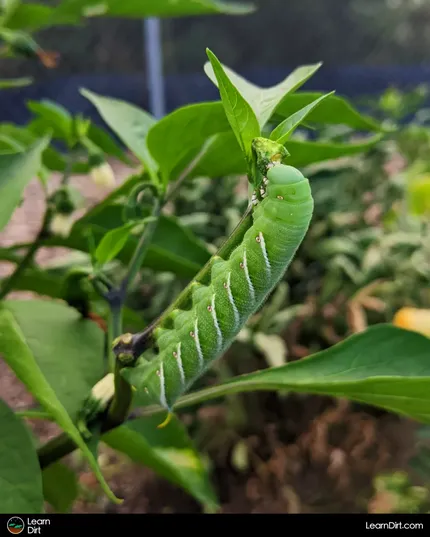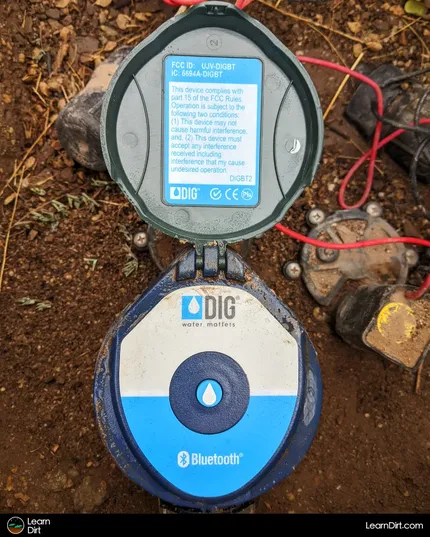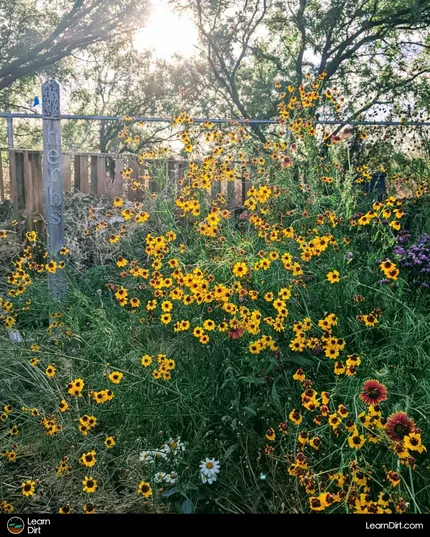Table of Contents
* Our articles never contain AI-generated slop *
As a gardener, you've likely experienced the frustration of seeing aphids feasting your favorite plants. These tiny, soft-bodied insects latch onto plants and suck them dry - weakening plants and lessening yields.
What Are Aphids?
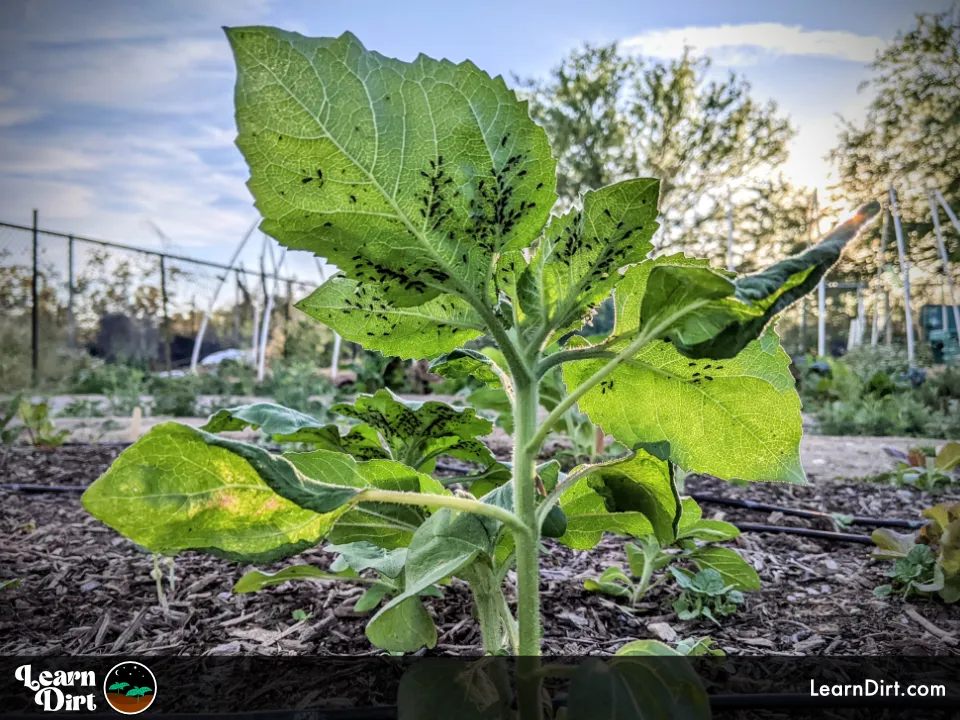
It's important to understand, however, that aphids are not usually your real problem.
Rather, aphids are often merely a symptom of a stressed plant
Disclaimer: This post may contain affiliate links. Refer to the privacy policy for more information.
Here in the desert, brassicas naturally become weak and vulnerable to aphids in the spring as the creeping high heat compromises their health.
The cool season fades away, and the brassicas become stressed. Aphids enter the picture and are merely taking advantage of this stress.
In other climates, aphids might indicate an unhealthy brassica due to nutrient imbalance, lack of water or over-watering, too little sun exposure, poor soil drainage, or incorrect soil pH. Any of these things can weaken your plants and make them susceptible to aphids.
Do Aphids Live in Soil?
It's important to note that there are many different types of aphids, and while some can spend their whole lives above ground, others spend part or all of it in the soil.
Root apids primarily live in the soil and feed on plant roots in the same way the above-ground species you're likely familiar with feed on plant leaves and (ocassionally) stems.
Even for above-ground species of aphid, their eggs often overwinter in soil. While they can give birth to live young asexually right on your plants, they also lay eggs in soil before winter's icy grip wrests the land. This is their main way to survive winter - intergenerationally.
Join The Grower's Community
A free & open space for anyone who is passionate about cultivation 🌱
Check It Out!
What Plants Do Aphids Target?
Aphids can target a wide range of plant species, including but not limited to:
- Amaranth Family:
- Brassica Family:
- Cucurbit Family:
- Aster Family
- Nasturtium
- Nightshade Family
What to Do About Aphids on Plants
Instead of trying to cling to your brassicas and fight off the aphids, you can shift your attention to starting the next cycle of crops indoors. Don't waste your time fighting a losing battle when you can look ahead.
This will give you a head start on the next cycle of crops, while also allowing you to avoid the frustration and time-consuming process of battling these pests.

Healthy Plants Shouldn't Get Many Aphids
Plants produce natural chemotoxins to help fend off pests. While you should aswyas expect something to be eating your plants in a healhy organic ecosystem, you should not expect infestations on healthy plants.
If your plants are completely infested by aphids, your plants are likely suffering from other stressors such as water, nutrient, soil, or environmental factors that are making them more susceptible to aphids.
Check out our article Seeing Garden Pests as Indicators to learn to identif root causes to problems that pests can then take advatage of.
Crop Rotation to Reduce Aphid Pressure
Another strategy to prevent aphids is to practice crop rotation.
Trap Crops for Aphids
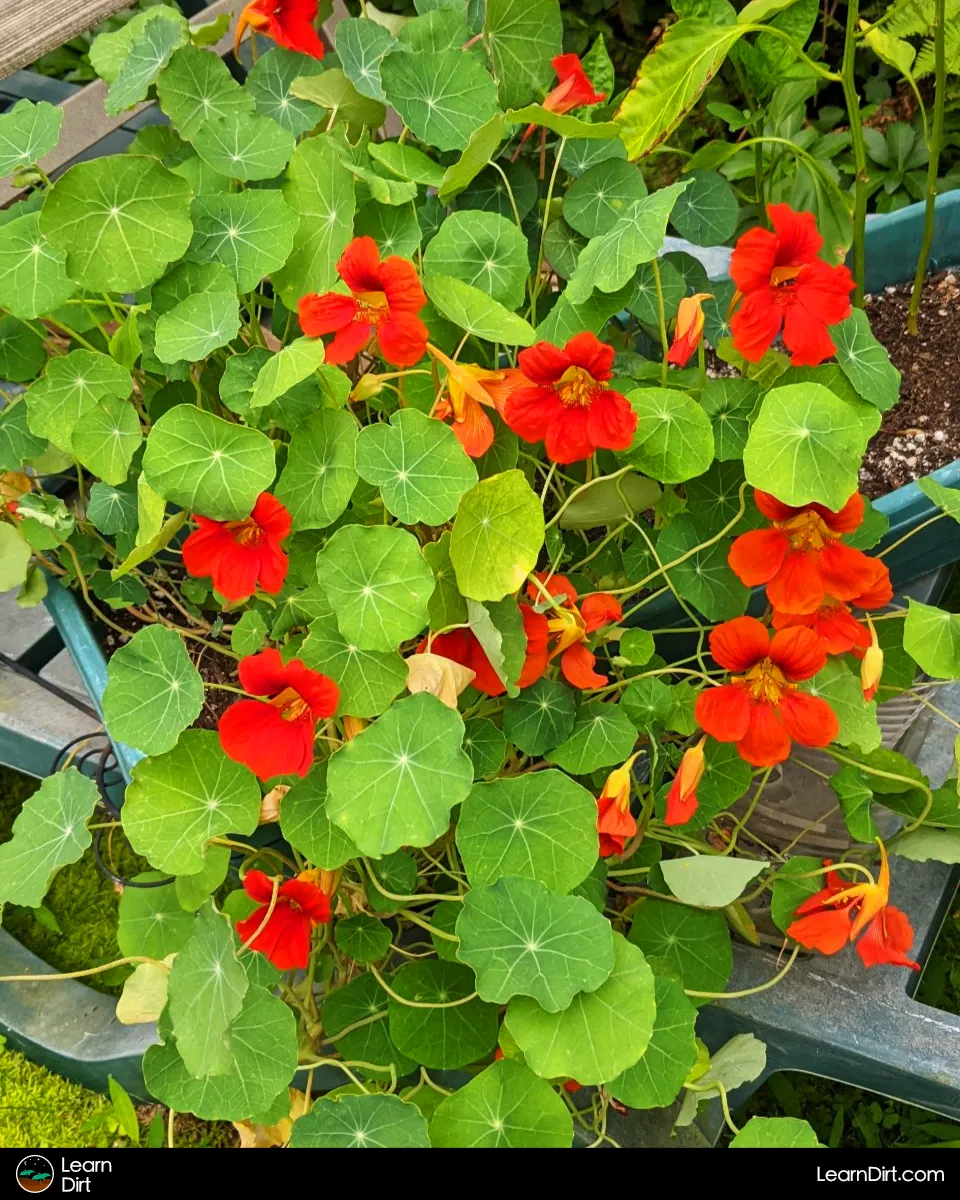
Final Notes...
Looking for ways to control other garden pests naturally? Check out the full guide here.
That's all for now, thanks for reading!
If you have any questions, comments, or would like to connect with fellow gardeners, head on over to the forum and post there.
